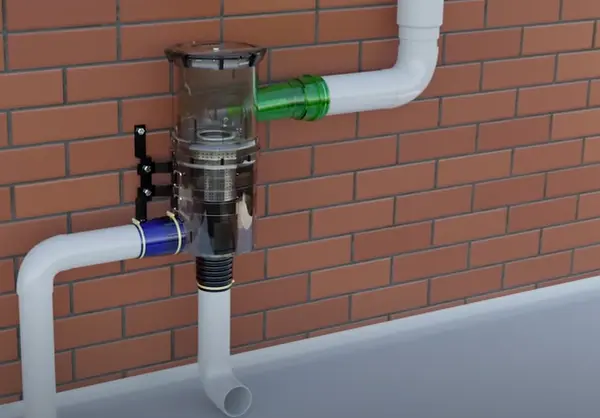Water is a highly precious resource on Earth, and it is vital for us to find sustainable methods to conserve and oversee it, especially as we face a growing population and shifting climate patterns.
Among the emerging solutions, rainwater harvesting systems are gaining favor due to their ability to contribute significantly to water management. We will discuss the advantages and capabilities of these systems, emphasizing their potential to revolutionize how we handle water.
Harnessing Rainwater
Rainwater harvesting systems are designed to capture and store rainwater from rooftops, open spaces, or other catchment areas. It involves a set of techniques and technologies that enable individuals, communities, and even large-scale industries to reduce their dependency on freshwater supplies and alleviate pressure on strained water resources.
The Benefits
Rainwater harvesting systems provide a variety of advantages, benefiting both individuals and the overall environment.
- Conserving Freshwater: By using rainwater for non-potable purposes like gardening, irrigation, and toilet flushing, we can significantly reduce the strain on freshwater sources and ensure their availability for essential needs.
- Environmental Impact: Rainwater harvesting systems help mitigate urban flooding by channeling excess rainwater away from drainage systems. They also minimize soil erosion, improve groundwater recharge, and create habitats for wildlife in dry regions, thus promoting a healthier ecosystem.
- Financial Savings: Implementing rainwater harvesting systems can lead to substantial cost savings. By using rainwater instead of tap water for various activities, households and businesses can significantly reduce their water bills. Additionally, some local governments provide incentives or rebates to support the adoption of such systems.
- Drought Resilience: Rainwater harvested during the rainy season can be stored for use during dry periods, serving as a reliable backup during droughts. This ensures a consistent water supply, especially in areas prone to water scarcity.
- Water Quality: Rainwater is typically free of the chemicals found in treated tap water, making it suitable for certain applications such as laundry and irrigation. Using rainwater for these purposes can reduce the consumption of chemically treated water, benefitting both the environment and personal health.
Types of Rainwater Harvesting Systems
There are various types of rainwater harvesting systems to suit different needs and environments:
| System Type | Description |
|---|---|
| Above-Ground | Water is collected from roofs and stored in above-ground tanks or barrels. Ideal for residential use and small-scale applications. |
| Below-Ground | Water is collected from rooftops and stored underground in large cisterns or water storage tanks. Excellent for larger-scale applications and commercial use. |
| Combined Systems | A hybrid approach that combines both above-ground and below-ground storage. Often used for larger properties that require extensive water storage capacity. |

Conclusion
The utilization of rainwater harvesting systems presents an efficient and long-lasting answer to aid in the preservation of water. These systems not only promote the conservation of freshwater but also prove their ability to lower expenses, showcasing their potential in creating a more sustainable future.
By adopting rainwater harvesting, people, communities, and industries have the power to contribute to the worldwide effort of effective and responsible water management. It is time for us to make use of the plentiful rainwater available to us and utilize it wisely in order to achieve a more environmentally friendly future.







